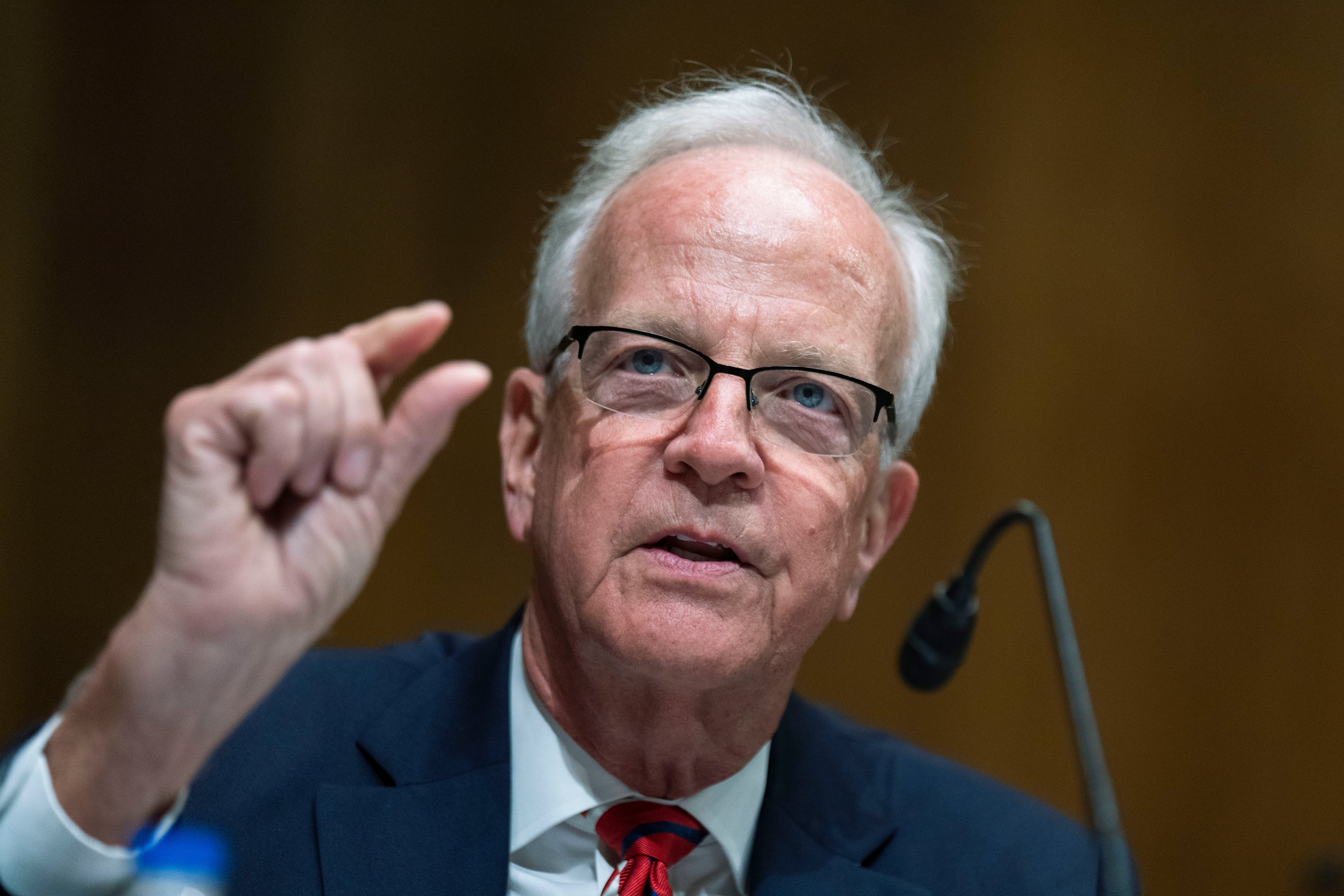A military base hosting a major command suddenly goes dark. The base immediately goes on alert. Traffic entering or leaving is stopped. Seconds later a major traffic accident caused by the failure of the signal light occurs. Backup generators activate for certain key equipment, but without lights and electricity, most of the important work in the Command's offices grinds to a halt.
Was this a terrorist attack or a cyber warfare attack? Was it just a wayward squirrel crossing a transmission line strung precariously from tree to tree decades ago in some distant state? Whatever the cause, the impacts of an aging and inefficient electrical grid on our national defense systems can be significant. It's time we looked at power generation and transmission much the same way we view energy policy generally – as a national security issue.
Seconds count in our military readiness. Momentary confusion can mean opportunity for the enemy.
Political will is necessary to finally address the pressing needs of a national power grid that is decades behind the times. New technologies and methods can be fostered now to ensure our military readiness isn't impacted by our aging public infrastructure.
Power planners have a parlance for these solutions – microgrid, distributed generation, or self-generation. They mean different things, but they all work toward providing more control over the electricity that is critical to the functioning of our modern society and our defense network.
The Department of Energy defines a microgrid as a local energy grid with control capability, which means it can disconnect from the major utility's network and operate autonomously when necessary. In the hypothetical above, the base's power staff would have had the ability to quickly disconnect the base from the grid and turn on its own microgrid capacity.
The base would at that point be getting its power from Distributed Generation or DG. Distributed generation is power that is produced at the point of its consumption such as the base in our example. That's right, our military installations have the ability to be power generation centers as well.
A microgrid for one of our larger military bases would require a significantly sized power source such as the utility scale solar projects that are in operation or under construction at many of our bases. However, DG does not need to be tied to a large microgrid. Distributed generation technologies can be used to power specific equipment or buildings to dramatically expand current generator capacity.
Distributed generation technologies are not limited to solar and wind power. They also include a class of technologies referred to as Combined Heat and Power or CHP, sometimes referred to as cogeneration. CHP technologies take advantage of the waste heat from the facility's existing heating systems to produce electricity. Properly managed, a CHP system can not only ensure the continued functioning of the base in event of an outage but also result in significant savings in annual operating funds. It's why CHP today is used in many of America's largest industrial plants as a means of keeping those facilities globally competitive.
Although CHP technologies are generally reserved for the largest facilities, the technology is rapidly becoming available to smaller scale operations further reducing costs and protecting facilities of highest priority.
Creating affordable, reliable power on a large scale for a military base is essential for readiness. Many fuel sources are used but none is more reliable than coal.
Concerns about the environmental impacts of coal can now be mitigated by technologies that should be promoted by our government. In fact, just this week, the nation's first commercial application of clean coal technology went operational at a power plant outside of Houston.
The Texas power plant captures and stores carbon emissions. A project of this kind could power all the large bases in the Washington, D.C. area.
As the new administration focuses on both infrastructure and national security, maintaining the operational readiness of our many critical military installations is paramount. Modernizing our electrical grid will take time, but insulating our installations from outages can be accomplished now. Our military has been a leader in identifying and putting in place the means to increase the resiliency of their power systems. We need to continue and build upon that success to ensure the world's best military is not ground to a halt by a squirrel in a tree.
Howard Snow is the Former Deputy Assistant Secretary of the Navy for Installations, Facilities and Energy. Richard Aiken is the Former Senior Policy Advisor at the Department of Energy.




